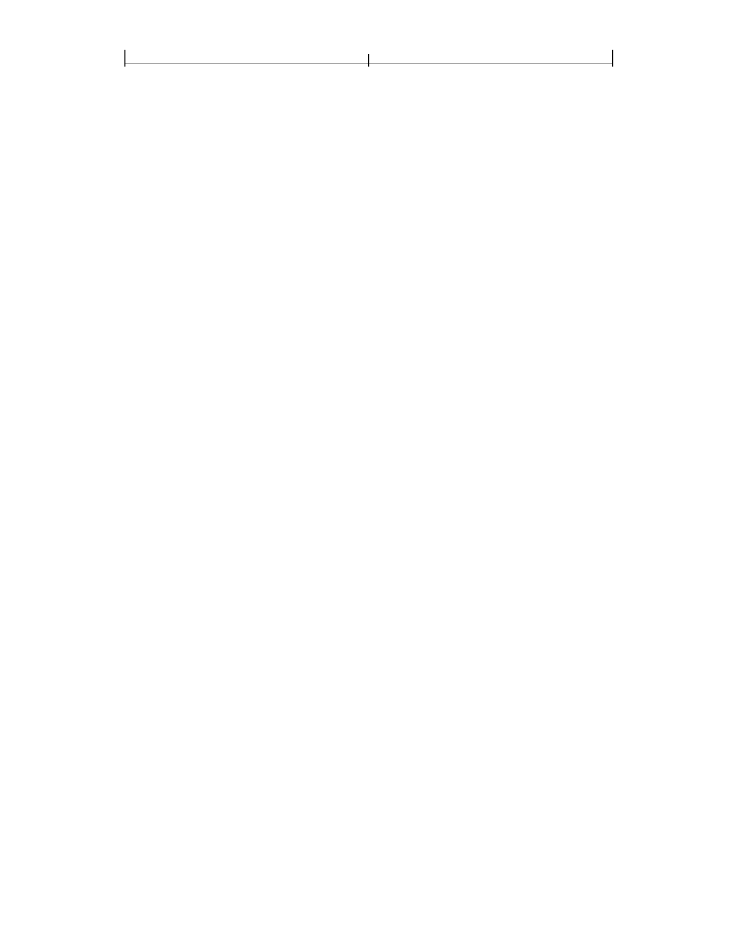
CHAPTER 7
540
Transparency
When objects have binary shapes (1.0 for inside, 0.0 for outside), each object
overwrites (knocks out) the effects of any earlier elements it overlaps within the
same group. At any given point, only the topmost object enclosing the point con-
tributes to the result color and opacity of the group as a whole.
Plate 17, already discussed above in Section 7.3.4, “Isolated Groups,” illustrates
the difference between knockout and non-knockout groups. In the left column,
the four overlapping circles are defined as a knockout group and therefore do not
composite with each other within the group. In the right column, the circles form
a non-knockout group and thus do composite with each other. In each column,
the upper and lower figures depict an isolated and a non-isolated group, respec-
tively.
This model is similar to the opaque imaging model, except that the “topmost
object wins” rule applies to both the color and the opacity. Knockout groups are
useful in composing a piece of artwork from a collection of overlapping objects,
where the topmost object in any overlap completely obscures those beneath. At
the same time, the topmost object interacts with the group’s initial backdrop in
the usual way, with its opacity and blend mode applied as appropriate.
The concept of knockout is generalized to accommodate fractional shape values.
In that case, the immediate backdrop is only partially knocked out and replaced
by only a fraction of the result of compositing the object with the initial backdrop.
The restated group compositing formulas deal with knockout groups by intro-
ducing a new variable,
b,
which is a subscript that specifies which previous result
to use as the backdrop in the compositing computations: 0 in a knockout group
or
i
−
1 in a non-knockout group. When
b
=
i
−
1, the formulas simplify to the
ones given in Section 7.3.3, “Group Compositing Computations.”
In the general case, the computation proceeds in two stages:
1. Composite the object with the group’s initial backdrop, disregarding the ob-
ject’s shape and using a source shape value of 1.0 everywhere. This produces
unnormalized temporary alpha and color results,
α
t
and
C
t
. (For color, this